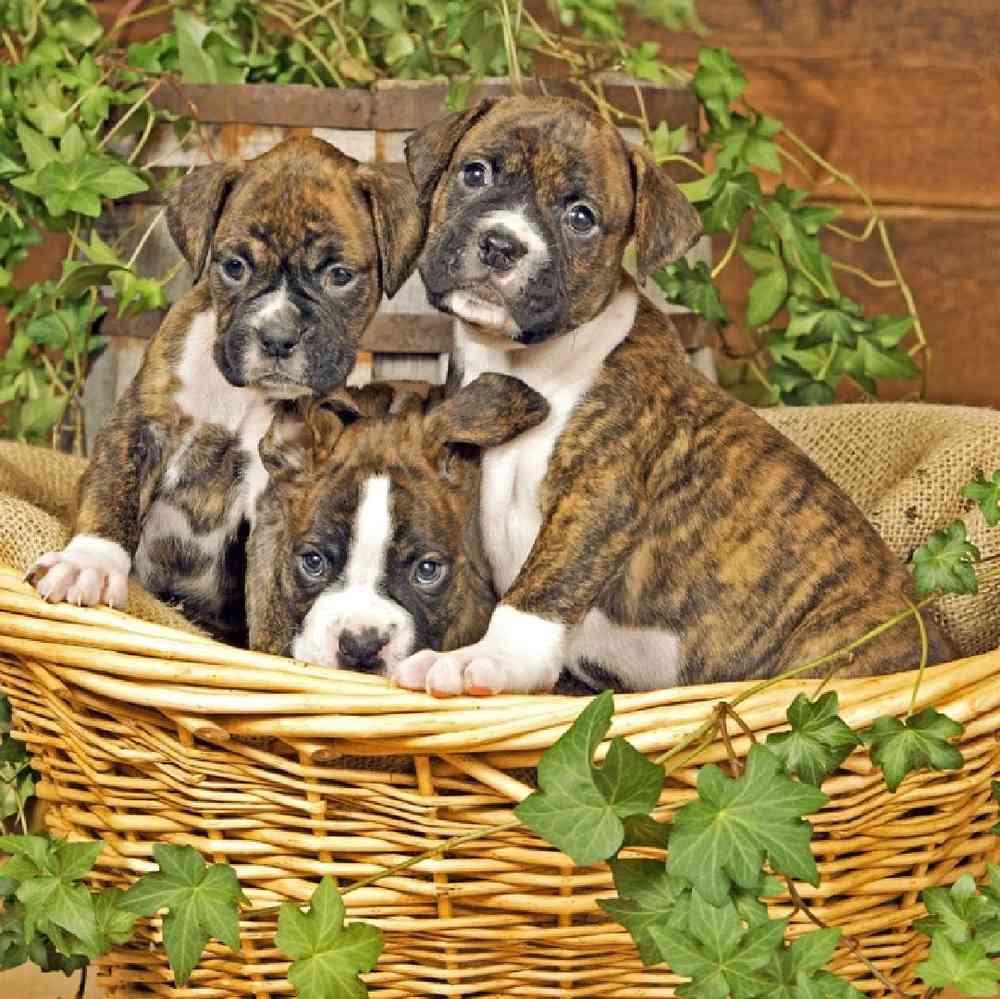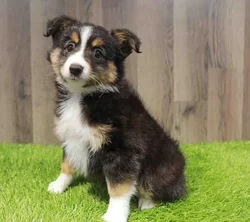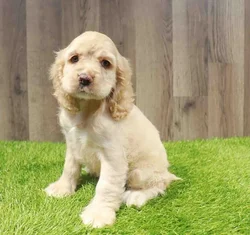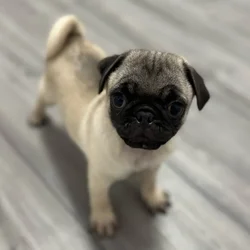Boxer

Loyalty, affection, intelligence, work ethic, and good looks: Boxers are the whole doggy package. Bright and alert, sometimes silly, but always courageous, the Boxer has been among America’s most popular dog breeds for a very long time.



Want to know more about Boxer ?
Breed Traits
Group
Working
About
History
Standard
Nutrition
Grooming
Exercise
Training
Health
Health Awareness
The Boxer has a life expectancy of 11-14 years and is prone to bloat, cancer, tumors, progressive retinal atrophy, cardiomyopathy, epilepsy, allergies, arthritis, hip dysplasia, knee and back problems and excessive flatulence.
Personality
Exercise/Energy Level
Additional Information
General Appearance
General Appearance: The ideal Boxer is a medium-sized, square-built dog of good substance with short back, strong limbs, and short, tight-fitting coat. His well-developed muscles are clean, hard, and appear smooth under taut skin. His movements denote energy. The gait is firm yet elastic, the stride free and ground-covering, the carriage proud. Developed to serve as guard, working, and companion dog, he combines strength and agility with elegance and style. His expression is alert and his temperament steadfast and tractable. The chiseled head imparts to the Boxer a unique individual stamp. It must be in correct proportion to the body. The broad, blunt muzzle is the distinctive feature, and great value is placed upon its being of proper form and balance with the skull. In judging the Boxer first consideration is given to general appearance and overall balance. Special attention is then devoted to the head, after which the individual body components are examined for their correct construction, and the gait evaluated for efficiency.
Size, Proportion, Substance
Head
Neck, Topline, Body
Hindquarters
Coat
Gait
Temperament
Disqualifications
Color
Did you know?
A Boxer plays Hank in CSI. There are two types of Boxers: the American Boxer and the German Boxer. The German Boxer has a more muscular body and a larger head than the American Boxer.
All pets have found there homes! Sign up to be notified when new pets are added so you don't miss out.








